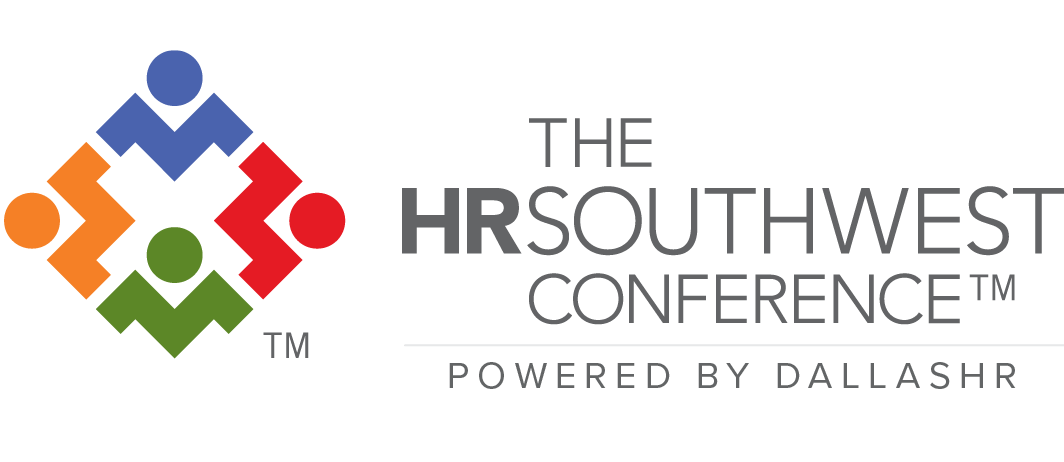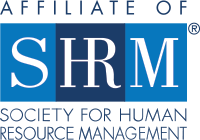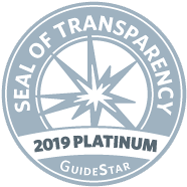
Dallas HR Webinars

Global HR & Cultural Effectiveness
Valuing and considering all perspectives and backgrounds on an international level in relation to strategic HR management, talent acquisition and mobility; global compensation/benefits; organizational effectiveness, talent development, workforce relations and risk management practices for HR practitioners with cross-border HR responsibilities.
5 Results
- Contains 3 Component(s), Includes Credits Recorded On: 10/28/2019
Returning Favorite! Language, laws, culture, currency – the ins and outs of global recruitment can get pretty complex. So why not leave all that work to local managers overseas? Many companies do, but they’re missing out on a major opportunity to streamline and strengthen their advertising strategy – even if it seems like a de-centralized approach is working just fine. In this session, participants will discoverthe pros and challenges of consolidating a decentralized recruitment strategy and the five most important factors to consider when starting this process: budget, language, research, finances, and execution. Learning Objectives: Understand the challenges and opportunities in centralizing your global recruitment advertising; Learn best practices and key considerations for starting this process; Learn tangible next steps to hit the ground running with this approach to global recruitment marketing.
-
Register
- Non-Member - $34
- Member - $19
- More Information
-
Register
- Contains 3 Component(s), Includes Credits Recorded On: 10/27/2019
Whether you like it or not, you are expected to move beyond your organization's mission and strategy statements and reinvent yourself. We face an intensifying combination of global economic, social and political issues which challenge our business strategies. To stay relevant in your Global HR role, you need to invest in and actively manage the trends that are shaping today's world. This session will cover current trends and those that are at the cusp of realization. Learning what areas of focus are most important will help you to become an indispensable asset in the global workforce. We will take a look at what the experts tell us to expect. Some of the areas we will cover in this global session are: Changing demographics, technology, talent, benefits, employee engagement, gamification, Artificial Intelligence and managing a remote workforce. How successful you are will depend on your ability to adapt to the NEW global workforce. Come and learn how. Learning Objectives: Understand the current status of Global HR and discuss the current trends impacting our organizations; Look at what the experts say about the future trends of Global HR; Learn about the social organization of the future and how it differs from our current organization.
-
Register
- Non-Member - $34
- Member - $19
- More Information
-
Register
- Contains 3 Component(s), Includes Credits Recorded On: 10/27/2019
In this interactive session, participants will acquire an understanding of what it feels like as an expat, working and communicating in your second language. Learn about four immediately-applicable strategies that will enhance the effectiveness of your communication with second language English speaking colleagues, bringing an ROI simply through simple word choice, speed of speech, and community-building at work. Obtain insight as to why certain words are difficult to understand in English and how to avoid them. Learning Objectives: Understand what it is like to work in your second language; Gain empathy for your employees from abroad; Learn strategies that will enhance the effectiveness of your communication with second language English speaking colleagues.
-
Register
- Non-Member - $34
- Member - $19
- More Information
-
Register
- Contains 3 Component(s), Includes Credits Recorded On: 10/14/2018
Increased globalization means that employers must reassess the way that they manage their immigration programs, especially in light of the heighten focus on immigration enforcement and compliance. As the global workforce evolves and organizations continue to change, immigration challenges are becoming increasingly complex and require HR professionals to manage a multitude of considerations including overseeing partnerships with local service providers, ensuring the global mobility experience for assignees, managing and tracking costs, and ensuring compliance. This session provides an update on the hot issues that are currently affecting international organizations and how HR and global mobility professionals can mobilize teams to meet both short and long-term business demands.
-
Register
- Non-Member - $34
- Member - $19
- More Information
-
Register
- Contains 3 Component(s), Includes Credits Recorded On: 10/14/2018
There are many different temporary employment-based visa classifications, most of which are defined in the Immigration and Nationality Act (INA). Temporary employment-based visa classifications permit employers to hire and petition for foreign nationals for specific jobs for limited periods. The visa classifications vary in terms of their eligibility requirements, duration, whether they permit workers to bring dependents, and other factors. Permanent Employment-Based Immigration and Lawful permanent residency allows a foreign national to work and live lawfully and permanently in the United States. Lawful permanent residents (LPRs) are eligible to apply for nearly all jobs. Immigrants who acquired lawful permanent resident status through employment may apply for U.S. citizenship after five years., in addition to, The annual numerical limit (numerical limits and per-country limits) of employment-based immigrant visas each country is limited to is seven percent of the worldwide level of U.S. immigrant admissions. Because of numerical and per-country limits. Some individuals must wait a significant period of time to apply for lawful permanent residence even after the employer’s petition is approved by USCIS.
-
Register
- Non-Member - $34
- Member - $19
- More Information
-
Register
Per SHRM and HRCI recertification guidelines, online content is eligible for recertification credit for two years from date of capture. Content will expire based on the following schedule:
- 2019 Conference Expiration Date: October 31,2021
- 2018 Conference Expiration Date: October 1, 2020
| Access Date | Quiz Result | Score | Actions |
|---|
Instructions for Signing In
Please sign in to the Online Learning Center with your DallasHR.org Username and Password. All attendees of the HRSouthwest Conference have credentials to sign in, even if you've never signed into the DallasHR website. Click "Log In" above and then choose "Forgot my Username". Enter the email address used to register for the conference and you'll receive instructions from info@dallashr.org
Question? Please email education@dallashr.org





